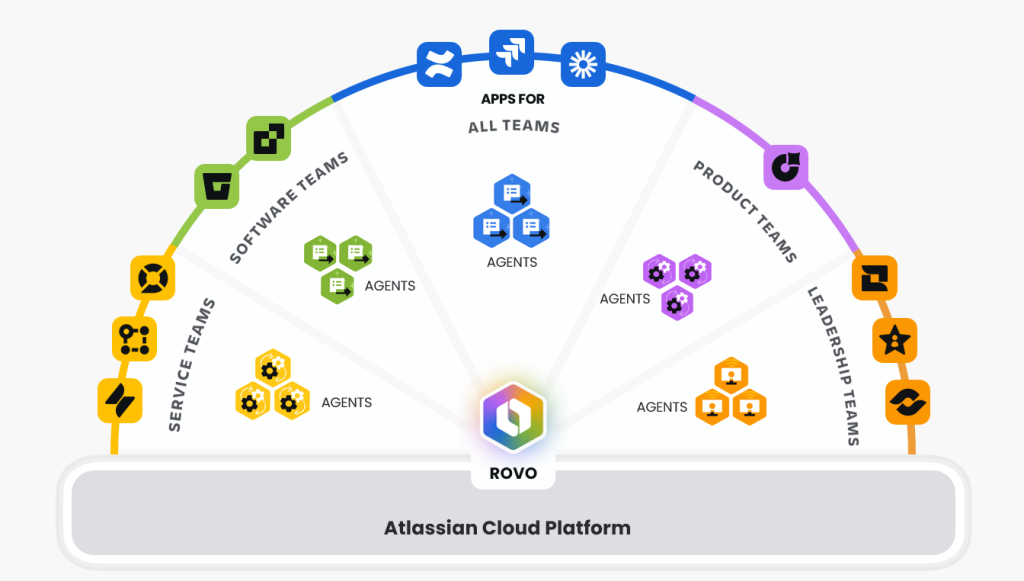
NOTES BASED ON ACTUAL EXPERIENCE ON DEMAND MANAGEMENT, AWAY FROM AN ACADEMIC VIEW OF THIS
Is demand management possible with low quality information? My more than 15 years of experience as IT director has shown me that yes, IT demand can be managed with low quality information, albeit with obvious risks for all stakeholders, including IT itself.
I’m sure you have encountered at some point one or more of the following circumstances:
- Service requests being made using different systems and tools.
- Request processing using complex spreadsheets with a number of tabs.
- Reports in word processors with embedded files and pasted images.
- Emails with attached information and significant distribution lists.
- Meeting minutes held in directories on network drives. Distributed by mail.
But let’s get to the point.
There are many underlying causes of poor quality information. In terms of demand Demand Management, I will focus on two:
- Incomplete or incorrect information on projects/requests. In some cases these defects are partial, which makes it even more difficult to detect the problem.
- Untimely Distribution, by inappropriate means and not in due time and in inaccessible formats. If the recipients find it difficult to access the information, they are likely to stop using it in decision-making, or rely on the interpretation that a third party makes of it.
Quality information is needed both at a “global” level and also for specific requests. Globally, I would highlight:
- Information (cost and/or hours) on planned demand for the year, both that approved and that already fulfilled. It should be available for different historical periods, to facilitate decision-making.
- Accessible, with appropriate security, for all persons or organisational units where this type of management is carried out.
- The KPIs needed to understand how demand evolves. Only those that are truly necessary, not those that tool X brings by default.
- A graphical view by organisational units is recommended. This facility will generate greater transparency, which is one of our objectives.
- Estimation of future demand. Based on the history of approved but unfulfilled demand, and delivery capacity, an estimate of the future demand curve must be provided. Possible bottlenecks can be anticipated or the production capacity of development teams modified.
- Information for simulations of possible future scenarios that the company wants for its pending work, as well as the actions and budget necessary for its fulfilment.
- Significant incidents that requesters, users' managers, IT managers, developers, demand management groups, etc. may have in their demand procedures.
Regarding specific requests/projects:
- Information about system operation, focusing on incidents and, especially, on poorly documented requests.
- Data on requests whose assessment by IT exceeds the established SLAs.
- Analysis of low-volume issues (for example less than 10 hours), which should be given a different treatment. The IT “machine” acquires greater efficiency and the department, a better image.
- Analysis of the service request portfolio by priority, commitment dates, types of requests, etc.
- Evolution of the “live” portfolio: inflows, outflows and balance. Also in graphical format.
- Contractual KPIs and any others considered truly necessary.
This information must be available online, accessible by whoever must manage the demand exactly when they need it, whether in their usual place of work, in a meeting room or away from the office.
"Quality information on demand management is necessary both at a ‘global’ level and also for each request, and must always be available"
The person responsible for demand management must ensure that there is a good-quality system available with these characteristics, fully supported by standard tools. Ensuring that this is known and used by everyone. Since the implementation of methodologies and tools can be complex, support may be necessary at the start and also in the medium term to drive improvements in quality or methodological changes.
And if after making all these efforts, any stakeholders still have challenges following the new procedures, you must insist. There are many reasons for this, but two very important ones are:
- Many assets of both great economic and business value to the company are governed by demand management.
- We cannot allow demand management to become, due to poor execution, another bureaucratic process that fails to deliver tangible results.
In short, even if it can and has been done in another way, it is better to have solutions that include all the necessary and quality information for better demand management, achieving reliable project execution in time, cost and quality terms.
At Xeridia we have extensive experience in the implementation of solutions that manage all relevant information on projects and service requests, as well as in the incorporation of new methodologies and procedures for excellence in management of demand. And always fully tracked to guarantee the fulfilment of agreed objectives. Discover our demand management services.
Avelino Carrizo is Head of Financial Services Consulting at Xeridia





